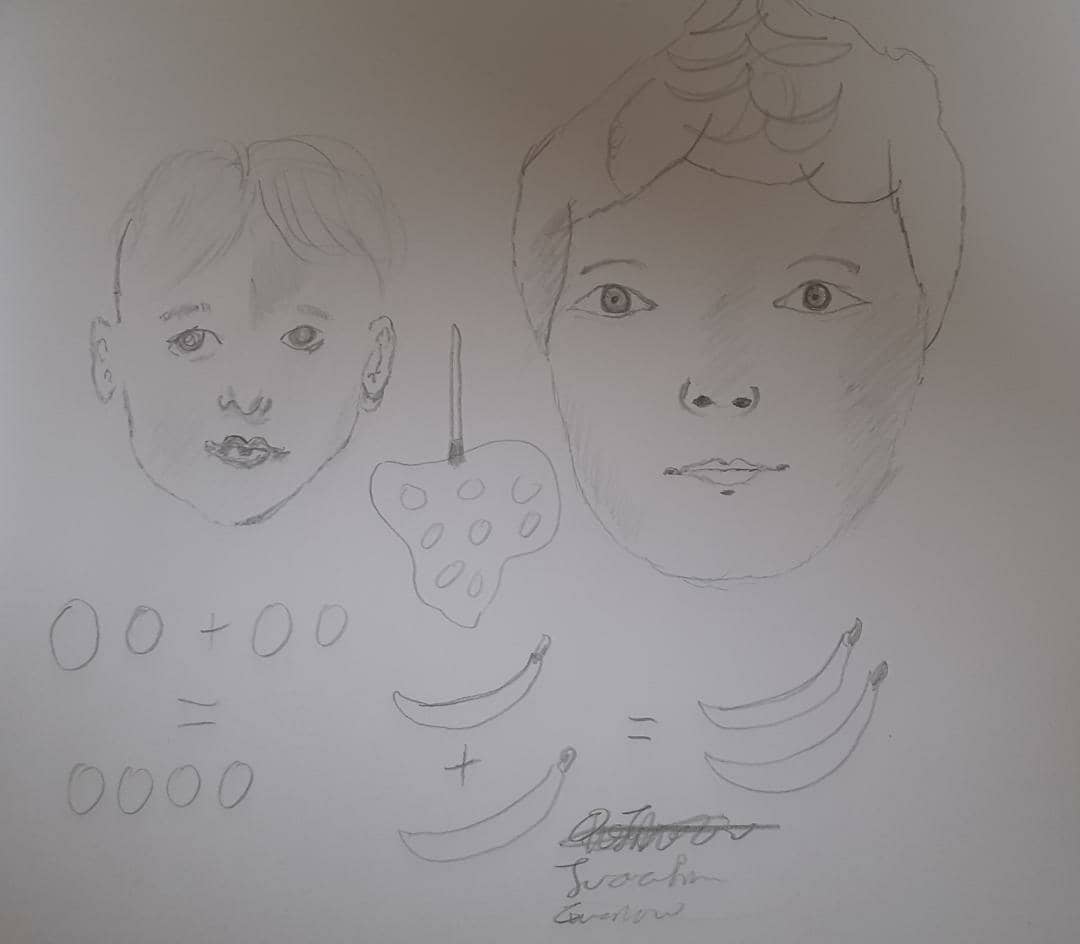Children & Art
Mark Rothko, an American artist who described himself as an “abstract painter”, once asserted that “he was not the kind of person interested in the relationship of form, colour or similar. He did not define himself as an abstractionist, but rather as a person interested only in expressing basic human emotions such as doom, tragedy, ecstasy and so on”. The above is what he sees as art, but what do we mean by art in the contemporary world?
Generally, art is understood as any activity or product done by people with a communicative or aesthetic purpose. It can also be an element of culture, reflecting economic and social substrates in its design. Art conveys ideas and values inherent in every culture across space and time. Its role changes through time. The art sector does not only stand for fun and entertainment, but it also stands for education and moral development.
Over the years, there has been an increasing rise in the need to raise children with every possible means available so long as it is perfect for the parent. On this note, some parents have resorted to the use of art in the upbringing of their children.
For them, children are naturally inquisitive, curious and snooping. These happen in stages: from the moment they begin to develop. There is an old belief that when a developing child keeps watching beautiful creatures and edifices, the child becomes beautiful.
From the moment they gain control of their limbs, they put themselves out into the world to see how it all works. They discover, observe and emulate, doing their best to figure out how things operate and control themselves and their environments. This unlimited exploration helps children form connections in their brain. It helps them learn and have fun.
Some people commonly say that using arts to help in a child’s upbringing has not proven successful. Other groups also argue that, even if it does, it hasn’t been that effective.
Intellectually, children learn best through the use of arts. This cuts across every subject. A child will more often than not always want to engage in the artwork. Most of the things they put on paper will not make sense to an average normal human being, but then, when one allows them the opportunity to explain themselves, one realizes how much sense they are making on the little piece of paper. Art helps a child to think beyond that which everyone sees or contemplates. That is why it is vital to always talk with one child about their work. Admittedly, it is often tough to decipher a child’s drawings, even though they know exactly what it is.
Growth wise, studies have revealed a persistent connection between arts education at a young age and academic achievement later in life. It is much easier for children to learn about arts and integrate them into their daily lives than adults. This is because of the way the brain develops. A child’s brain can captivate more material and adjust accordingly than the adult brain, which is less dynamic and less able to house new information. As a result, children who studied arts at a young age achieve more academic success later in life than those who do not.
Psychologically, art can help children work out any hindrances and frustrations in their lives. This is because exposure to art and the chance to develop their art provides them with more diversified skills that can help them in their school’s activities and provide them more opportunities for an enhanced learning experience.
It must be noted that, in the classroom, art education is a central component of a child’s personal development. Several studies have concluded that art education is essential at a young age because children are still developing their critical thinking and problem-solving skills.
The mental processes involved in learning to draw accurately, choose the right colours and shapes and create detailed work help kids develop the perfect skills associated with making decisions in life. In terms of musical arts, students can use their knowledge of musical notes and translate that into mathematical skills. Musical rhythms can provide a way for kids to learn fractions, counting, and patterns so that the traditional classrooms cannot teach.
In most modern homes and international schools, students are made to engage in hands-on activities, such as painting, drawing, building, or designing projects. These activities allow the child to freely channel their feelings and thoughts and keep them interested in learning to become their best selves. This is specifically necessary for kids who often have trouble focusing in class. Through art and other appropriate teaching tools that allow students to work on a project hands-on, students are more excited about learning and often take home a more detailed lesson than they would otherwise. As a result, students who participate in their creative art projects can focus more and take pride in their work, motivating them to work harder to accomplish their goals in life.
Recently, there has been an increased debate about the importance of art in health environments, especially for kids. The results from these debates have shown that the quality of the visual environment can positively impact those in the hospital space. In the case of hospitals and healthcare buildings, art can impact the recovery process of kids. The interior arrangement of hospitals seeks to humanize space, and art can be a substantial key in achieving this. Research by Lelchuk Staricoff R (2004) with Chelsea and Westminster Hospital Arts shows that the visual and performing arts reduce stress levels, improves mood and act as welcome distractions. In the UK, since the 1970’s there have been working organizations and institutions engaged in consulting and promoting art programs for hospitals.
In conclusion, creativity is the capacity to think outside the box. It solves major problems, and most often than not, breakthroughs of all kinds are linked to creativity. The ability to be creative is vital to the success of our children and the well-being of our world now, more than ever, as we face absurd challenges such as racial disharmony, conflicts, global warming, and mass destruction.
By: Joachim Quainoo (Joainoo)
Reference
Lechuk . S. R (2004). Arts in health: a review of the medical literature . Research report 36. Arts Council England
Marilina M. (2010). “About Art – What Do We Really Mean — Smashing Magazine.” Smashing Magazine. July 23, 2010. https://www.smashingmagazine.com/2010/07/what-do-we-really-mean-by-art/.

